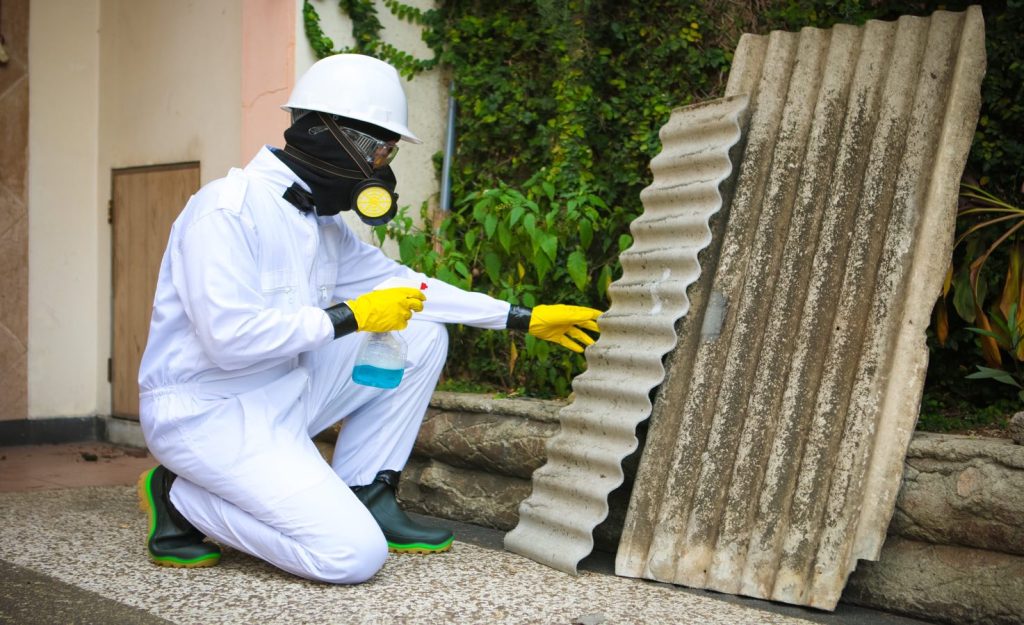Asbestos, a once-popular construction material, is now recognized as a significant health hazard. It was commonly used for insulation, roofing, flooring, and other applications due to its durability and fire-resistant properties. However, prolonged exposure to asbestos fibers can lead to serious health conditions such as asbestosis, lung cancer, and mesothelioma. Given these risks, effective asbestos removal is crucial for ensuring healthier homes and workspaces. The first step in asbestos removal is identification. Many older buildings still contain asbestos materials, which may not pose an immediate risk unless they are disturbed. A professional asbestos inspection can help determine the presence and condition of asbestos-containing materials ACMs. If asbestos is intact and undisturbed, it may be safe to leave it in place. However, if it is deteriorating, damaged, or likely to be disturbed during renovations, removal or encapsulation is necessary. When removal is required, hiring certified asbestos abatement professionals is essential. These experts follow strict protocols to ensure safe removal, minimizing exposure risks.

The work area is carefully sealed with plastic sheeting, and negative air pressure is maintained to prevent airborne fibers from escaping. During the removal process, asbestos-containing materials are carefully wetted to reduce dust. Workers then remove and seal the materials in airtight, labeled containers for proper disposal at designated hazardous waste facilities. The entire process is monitored to ensure compliance with safety regulations. Once removal is complete, air quality testing is conducted to confirm that the space is free of asbestos contamination. In some cases, encapsulation is a viable alternative to removal. Encapsulation involves applying a specialized sealant to asbestos-containing materials, preventing fibers from becoming airborne. This method is often used when removal is too costly or if the materials are in good condition. However, encapsulation does not eliminate asbestos entirely; it merely reduces the risk of exposure.
Proper disposal of asbestos waste is a critical aspect of asbestos abatement. Disposing of asbestos improperly can lead to environmental contamination and legal consequences. Licensed Asbestos removal Wolverhampton facilities are equipped to handle asbestos waste safely, ensuring it does not pose a risk to the public or the environment. Homeowners and business owners must also take precautions when dealing with potential asbestos materials. DIY asbestos removal is strongly discouraged, as improper handling can release hazardous fibers into the air. Instead, it is best to consult professionals to assess and manage asbestos risks appropriately. Overall, effective asbestos removal is essential for creating safer living and working environments. Through proper identification, professional abatement, and responsible disposal, the risks associated with asbestos exposure can be significantly reduced. Investing in professional asbestos management not only safeguards health but also ensures compliance with regulations, contributing to the well-being of occupants and the longevity of buildings.